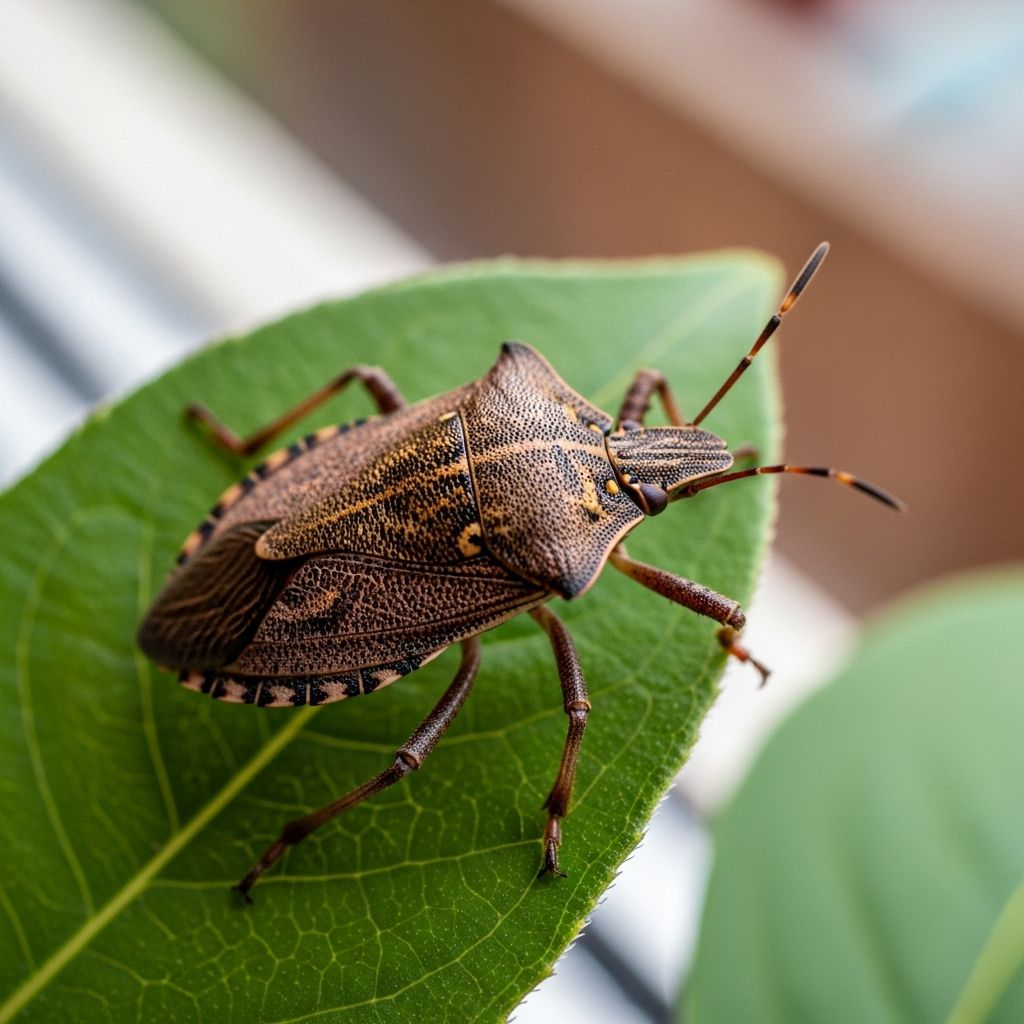How To Get Rid Of Stink Bugs: 3 Effective Control Methods
Learn About the Various Types and How to Manage Them

Image: HearthJunction Design Team
Introduction to Stink Bugs
Stink bugs are small, beetle-like insects known for their ability to emit a pungent odor. They belong to the family Pentatomidae and are found in various parts of the world. There are over 200 species of stink bugs in North America alone, with some being more harmful to gardens than others.
Types of Stink Bugs
While many stink bug species are native and beneficial, others are invasive and can cause significant damage to crops and gardens. Here are some of the most common types of stink bugs:
- Brown Marmorated Stink Bug (BMSB): This invasive species originated in Asia and was first detected in the United States in the mid-1990s. It is known for its distinctive white and black banding on the antennae and legs, and its ability to feed on a wide range of plants, including fruits, vegetables, and ornamental crops. BMSB is particularly problematic as it can overwinter indoors, leading to both garden and household issues.
- Green Stink Bug: These are generally more beneficial and are considered less of a pest compared to the BMSB. They are often used as a natural control for other pests.
- Leaf-footed Bug: Though not technically stink bugs, these are often mistaken for them due to similar appearance. They can be pests in gardens, particularly affecting plants like tomatoes and peppers.
Impact on Gardens
Stink bugs, especially invasive species like the BMSB, can significantly impact garden health. They feed on plant sap, causing damage such as mottled leaves and discolored fruit. For example, peppers may develop small dimples where the bugs have fed.
Management Strategies
To manage stink bug populations effectively, gardeners can use a combination of physical removal, biological control, and integrated pest management techniques:
- Physical Removal: Hand-picking stink bugs is a simple yet effective method for controlling populations in small gardens. Use a container filled with soapy water to dispose of the bugs.
- Biological Control: Encourage natural predators like green lacewings, assassin bugs, spiders, and birds. These can help maintain a balance in the garden ecosystem.
- Integrated Pest Management (IPM): This approach involves using physical barriers, cultural controls (like pruning and removing weeds), and chemical controls (as a last resort) to manage pest populations.
Prevention and Control
Preventing stink bugs from becoming a major issue involves several strategies:
- Seal Entry Points: Since BMSB can overwinter indoors, sealing cracks and crevices around windows and doors can help prevent them from entering homes.
- Monitor for Stink Bugs: Regularly inspect your garden for signs of stink bug activity. Early detection can prevent severe damage.
- Use Row Covers: Row covers can be effective in preventing stink bugs from reaching plants, especially during peak activity periods.
Frequently Asked Questions
Q: What is the primary damage caused by stink bugs?
A: Stink bugs primarily damage plants by sucking sap, which can lead to mottled leaves and discolored fruit.
Q: How can I prevent stink bugs from entering my home?
A: Prevent stink bugs from entering your home by sealing all cracks and crevices around windows and doors. Use caulk or weatherstripping to fill gaps.
Q: Are all stink bugs harmful to gardens?
A: Not all stink bugs are harmful. Some species are beneficial and can help control other pests in the garden.
References
Read full bio of Anjali Sayee












